Interior design is more than just selecting furniture and décor. One of the most important aspects of interior design is choosing the right colors for a space. Color can influence our emotions, moods, and behavior. This is why color psychology plays a crucial role in interior design. Understanding how colors affect us can help designers create spaces that are both aesthetically pleasing and functional.
Understanding Color Psychology
Color psychology is the study of how colors affect our emotions and behavior. Different colors can evoke different emotions and reactions in people. For instance, red is associated with passion and energy, while blue is associated with calmness and serenity. When it comes to interior design, it is important to consider the psychological effects of the colors used in a space.
How to Use Color Psychology in Interior Design
Here are some tips on how to use color psychology in interior design:
- Consider the purpose of the space: The colors you choose for a space should reflect its purpose. For instance, if the space is meant to be a relaxing retreat, cool and calming colors like blue or green would be appropriate.
- Use color to create a focal point: A bold pop of color can draw the eye and create a focal point in a space. This can be achieved through the use of an accent wall, a piece of artwork, or a colorful piece of furniture.
- Combine colors for a harmonious effect: Using complementary colors can create a harmonious and balanced effect in a space. For instance, pairing blue and orange can create a dynamic and lively atmosphere.
- Consider the lighting: Lighting can affect how colors appear in a space. It is important to consider the type and intensity of lighting in a space when choosing colors.
Color Psychology and Mood
Here are some common colors used in interior design and their associated moods:
- Red: Passion, energy, warmth
- Orange: Creativity, enthusiasm, warmth
- Yellow: Happiness, optimism, energy
- Green: Calmness, balance, harmony
- Blue: Tranquility, serenity, coolness
- Purple: Luxury, creativity, spirituality
- Gray: Sophistication, neutrality, calmness
- White: Purity, cleanliness, simplicity
- Black: Elegance, power, sophistication
Color is a powerful tool in interior design. By understanding the psychological effects of color, designers can create spaces that not only look beautiful but also promote the desired emotional and behavioral responses in those who occupy them. Whether you are redecorating your home or designing a commercial space, incorporating color psychology into your design can help you create a space that is both aesthetically pleasing and functional.

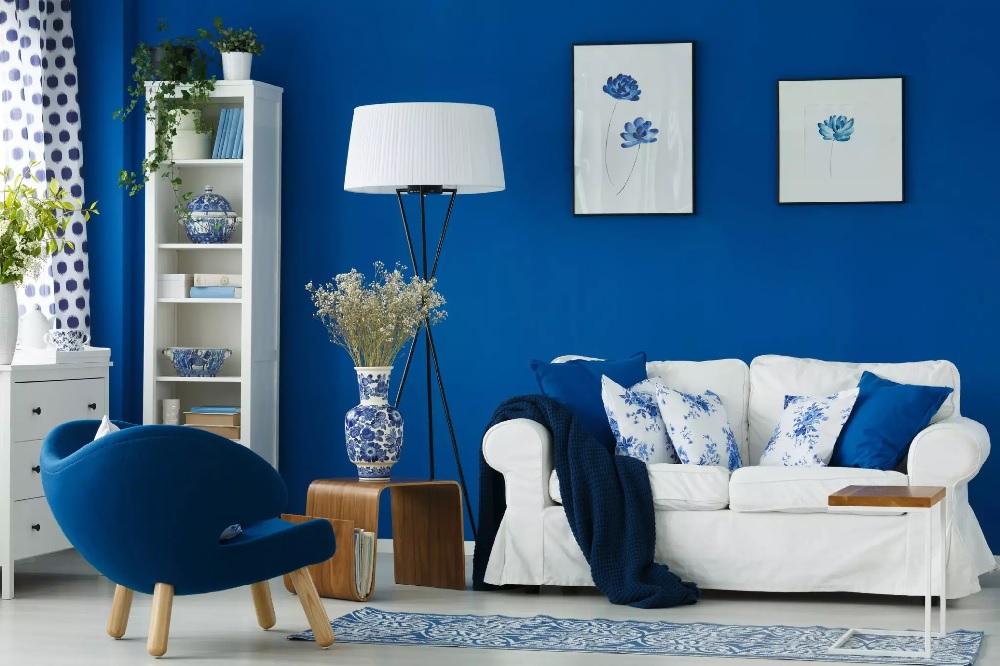




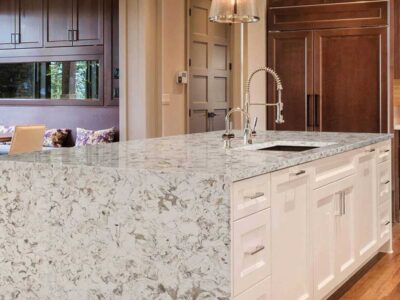
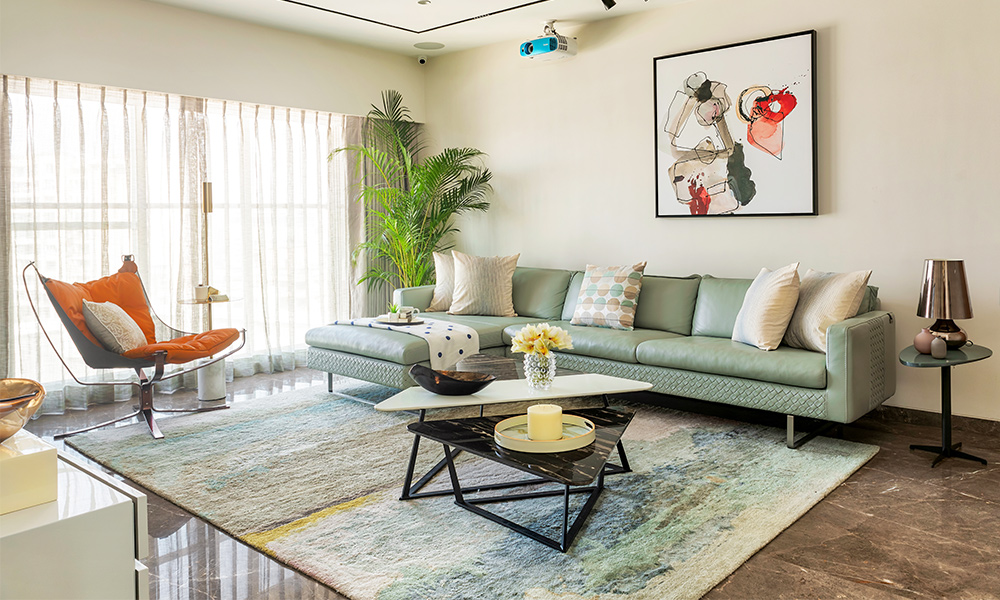
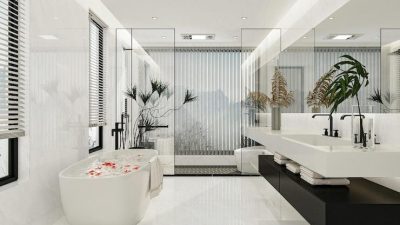

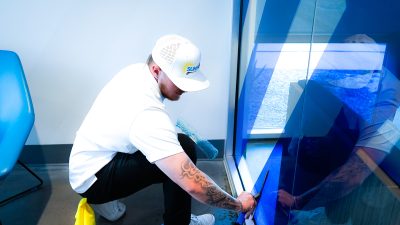


Comments